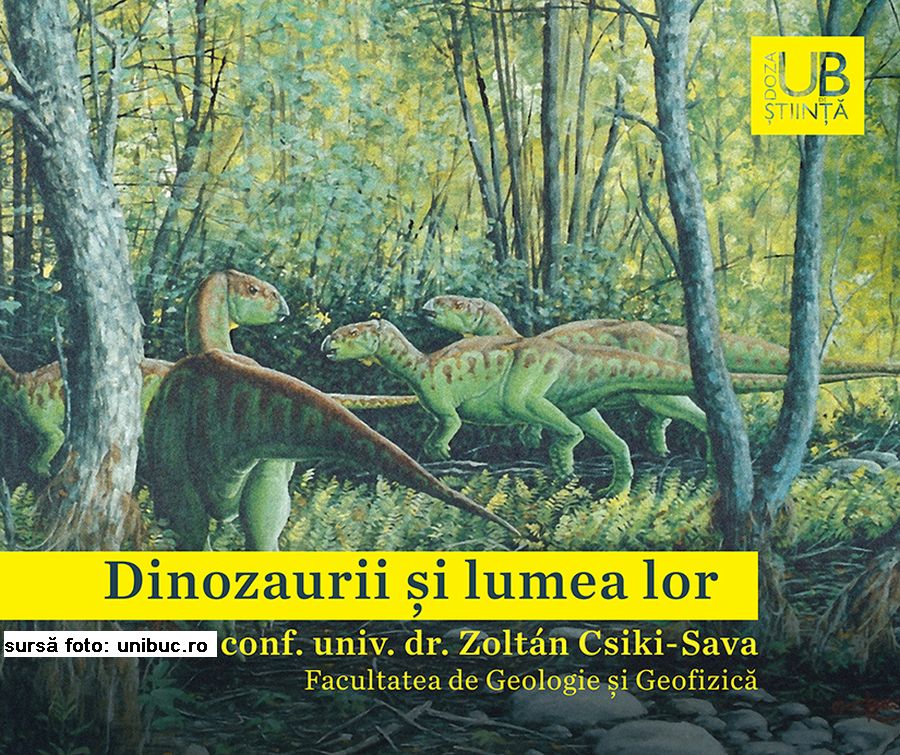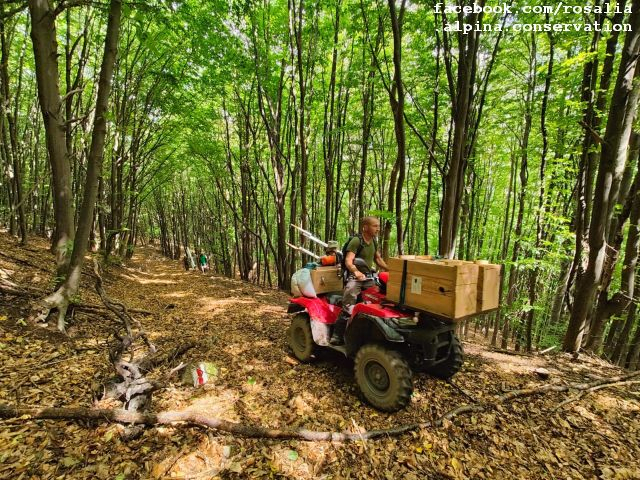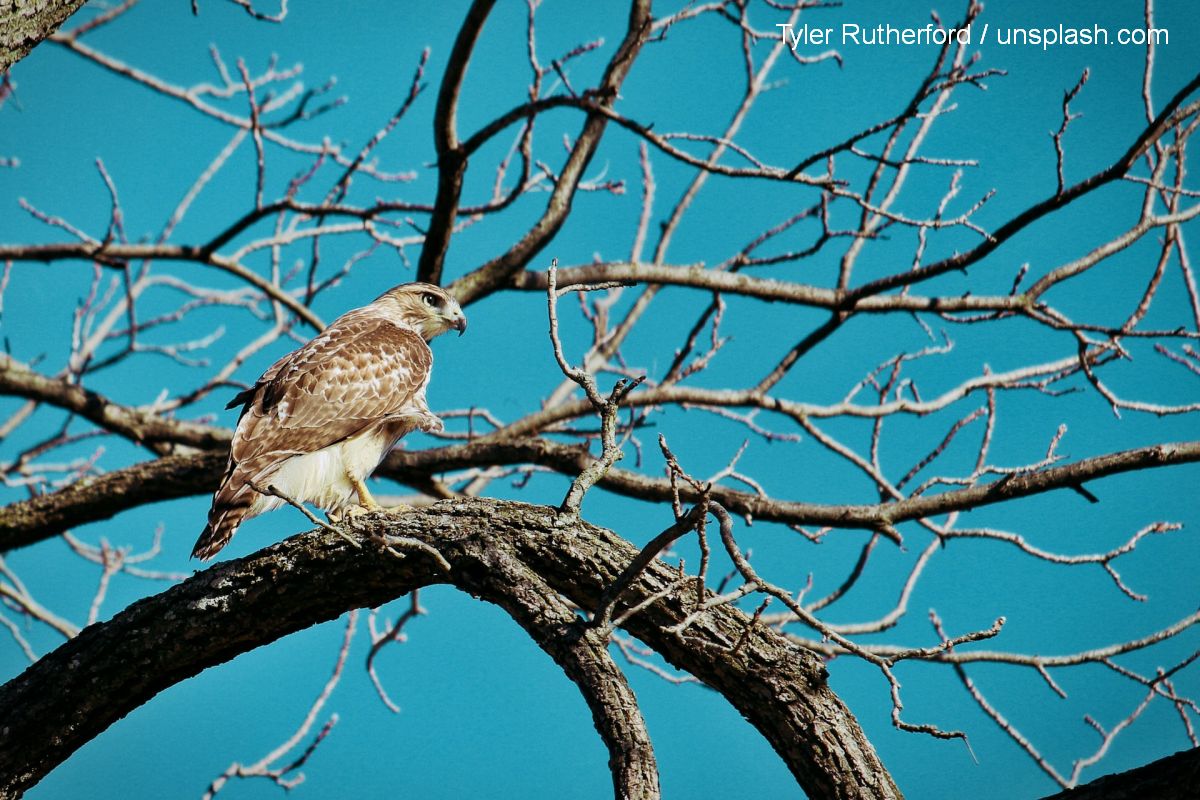The Aurochs of Fagaras
The auroch, Bison Bonasus, the largest land mammal in Europe, is now a protected animal
Eugen Coroianu, 29.01.2021, 14:00
The auroch, Bison Bonasus, the largest land mammal in Europe, which centuries ago roamed the entire continent, is now a protected animal, an endangered species. It can only be seen in a few reservations, and only in very few places in the wild. As of recently, one of these places is the Fagaras Mountains area, in central Romania, where the Conservation Carpathia Foundation is running a program for returning to the wild the majestic herbivores, one of the historical symbols of Romania. Now it is known to people mostly from fairy tales and historical tales, and has achieved an aura of legend as a beloved symbol.
However, this effort to reintroduce them in the wild is not just nostalgia, as we were told by Adrian Aldea, fauna management biologist with Conservation Carpathia:
“The Fagaras Mountains area is an area still largely unaffected by human intervention. Right now, the only species that are still missing from the initial line-up are aurochs and beavers, hence the idea of this Life project, which is aimed at creating a new wild area in the southeast of Fagaras Mountains. We plan on setting up three areas to reintroduce the aurochs. So far we have implemented two, and the third is in the works, we have already brought in an initial group of animals each, and for the duration of the project we plan on bringing in about five exemplars each year. By the end of the project we want to see at least 75 aurochs roaming free. The auroch is an umbrella species within the ecosystem, because by its presence and intervention in nature, certain niches get created for other species. Take their feeding habits, for instance: they eat both grasses and underbrush, keeping open the groves and pastures, which are habitats with a great specific diversity. Also, with their habit of wallowing, they create pools that are home to other species, like frogs and reptiles.
Another reason for which the presence of aurochs in their ancestral roaming grounds is that, by their sheer size and weight, upwards of a ton, and by the distances they travel, they create pathways for other mammals, such as deer, badgers, or ferrets. Also, by their hygiene habits, such as dust baths, and scratching against trees and brush, the auroch collects in its fur seed that it carries wherever it roams, helping regenerate pastures and open areas. They have a very important role in the ecosystem, also helping develop local communities. We asked Andrei Aldea if aurochs could contribute to the development of tourism, and how the foundation acquires the animals they bring in:
“In the areas where the reintroduction of the auroch has been underway for a number of years, tourism has developed substantially. This has been verified in Poland, and the Neamt area in Romania. We also have a reservation in Brasov, not in the wild, but the area is very well promoted. They are brought in from various reproduction centers or reservation all over Europe. The issue of costs is variable. It depends how each breeder has to cover their expenses. We have a project budget, and have to abide by it, but there are countries or centers that have provided us with animals free of charge, as they resonate with the idea of reintroducing them into the wild.
The foundation has European financing, but also uses their own. In terms of their interaction with people, the aurochs are not an immediate danger, but can become aggressive when they feel threatened. Which is why tourists should keep their distance, should not attempt to take selfies with them, or feed them, keeping a distance of at least 30 meters. At the same time, the animals can do damage while seeking feeding grounds, if they get close to villages, pastures, or farmland. That is why the areas for reintroducing them were picked to be far away from inhabited areas. In order to prevent conflict with this mighty creature, the rangers of the foundation patrol the area, monitoring the movements of the aurochs, their health, and their interactions with other wild species. The rangers also keep the animals away from human habitations. Also, in case of extreme weather conditions, the rangers can leave food caches in places frequented by the herds. In order to avoid conflicts with the local communities, Conservation Carpathia also installs electric fences to keep safe properties. One very pleasant surprise came in the autumn of 2020, when an auroch calf was spotted in the Fagaras Mountain area, which is now growing and developing without a hitch.






























